This ship has a lot of US design in it. I wonder how that happened? Anyway, the US classifies the Type 055 as a cruiser, because it is big for a destroyer.
A lot more geek detail at the link.
Our Most Detailed Look Yet At China’s Type 055 Super Destroyer (thedrive.com)
A series of relatively high-resolution and close-up images of the Chinese People's Liberation Army Navy's Type 055 destroyer Nanchang, which has the hull number 101, have appeared online. The pictures offer an unusually detailed top-down look at the armament, defensive systems, and other features of the warship, which is China's most modern and capable surface combatant. At least two Type 055s are now reportedly moving into position to take part in a series of drills aimed at Taiwan in response to U.S. Speaker of the House Nancy Pelosi's recent visit to the island, where their capabilities could be put on full display.
The images in question all appear to be screenshots from a segment broadcast on a Chinese-language television station, which were then posted online via the country's microblogging website Weibo. The lower thirds in all of the shots include the years "1927" and "2022." This strongly suggests that this was part of a broadcast on or about August 1 marking this year's China's People's Liberation Army (PLA) Day, also referred to simply as Army Day. The PLA traces its founding to the Nanchang Uprising, which took place on Aug. 1, 1927.
It's unclear where these shots of Nanchang were taken, but it's possible that the ship is seen here pier side at its homeport in Qingdao in Shandong province in northeastern China. Whatever the case, they give an unusually clear look at various key elements of this ship, which was the first Type 055 to be commissioned, officially entering service in 2020. Since then, at least six more of these warships, which incorporate some low-observable (stealth) design features, have been built. More are in various states of construction. Chinese media reports in the past have indicated that a total of at least 16 are eventually expected to join the PLA Navy's battle fleet.
At just over 590 and a half feet long and with a full displacement of between 12,000 and 13,000 tons, the U.S. military, among others, categorizes the Type 055 design, also known in the West as the Renhai class, as a cruiser rather than a destroyer. For comparison, the U.S. Navy's future expanded Flight III Arleigh Burke class destroyers will be 509 and a half feet long and displace around 10,864 tons. In terms of general lengths and displacements, the Type 055s, are also larger than the Navy's 567-foot-long and 10,752-ton-displacement Ticonderoga class cruisers.
Type 055 certainly looks impressive while underway. (Uncredited image)
The overhead shots give a good look at Nanchang's 112 vertical launch system (VLS) cells. This is more VLS cells in total than a Flight III Arleigh Burke class destroyer (96 cells), though slightly fewer than the on a Ticonderoga class cruiser (122 cells). This is also more missile-launching capacity than is currently found on the U.S. Navy's Zumwalt class stealth destroyers (80 cells), which are larger overall than China's Type 055s.
The VLS design found on the Type 055s, which is also used on the PLAN's Type 052D destroyers, is notably different from that of the Mk 41 and Mk 57 systems found on current generation U.S. Navy warships.
The cells used in the Chinese "universal" system are larger than their American counterparts as a byproduct of their ability to both hot and cold-launch missiles. A hot-launched missile is on where the main rocket booster ignites while it is still inside the launcher, while a cold-launched is ejected in some fashion, often using a compressed gas generator, first, before the booster ignites.
It's not entirely clear how the firing of hot-launched missiles work, but they appear to be loaded into the cells inside a sleeve that contains the flame when they are fired. This could obviate the need for a dedicated channel of some kind to vent the flame away from the missile – something that appears to be absent when looking at the top-down shots of Nanchang – as is found on U.S.-made Mk 41 and Mk 57 arrays. It has been postulated this could allow cold-launched missiles designed for these cells to be able to be designed in a way that maximizes the available space, and therefore be larger than hot-launched types that can also be loaded into these arrays, since they do not require the protective sleeve.
A good view of Nanchang's forward VLS array. As noted, there are no flame channels or other kinds of vents in the system's design. Chinese internet
Another view of Nanchang with its amidships VLS array visible. Chinese internet
Flames can be seen venting from a channel in the middle of this Mk 41 VLS array on the Arleigh Burke class destroyer USS John Paul Jones as an SM-6 missile is hot-launched. The VLS on the Chinese Type 055 lacks this kind of flame channel. US Navy
A Tomahawk missile being launched from the Mark 41 Vertical Launching System aboard the U.S. Navy's Arleigh Burke class destroyer USS Farragut, notice the flip-up flame exhaust trench. US Navy
It's also possible the arrays have a venting system that just isn't apparent in the images.
Our Most Detailed Look Yet At China’s Type 055 Super Destroyer (thedrive.com)





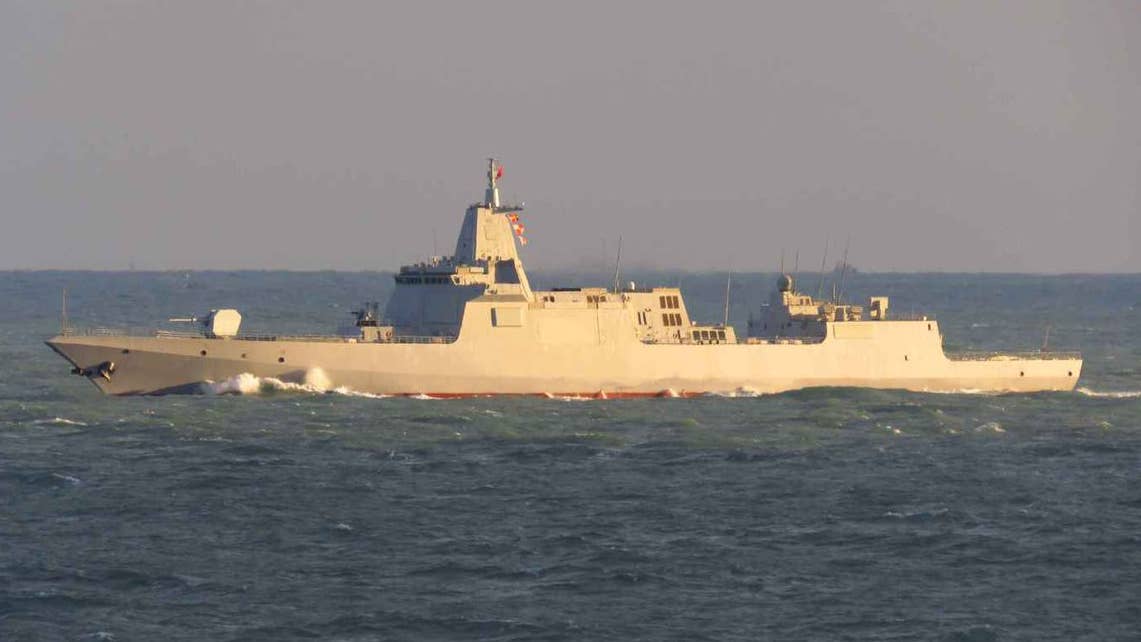
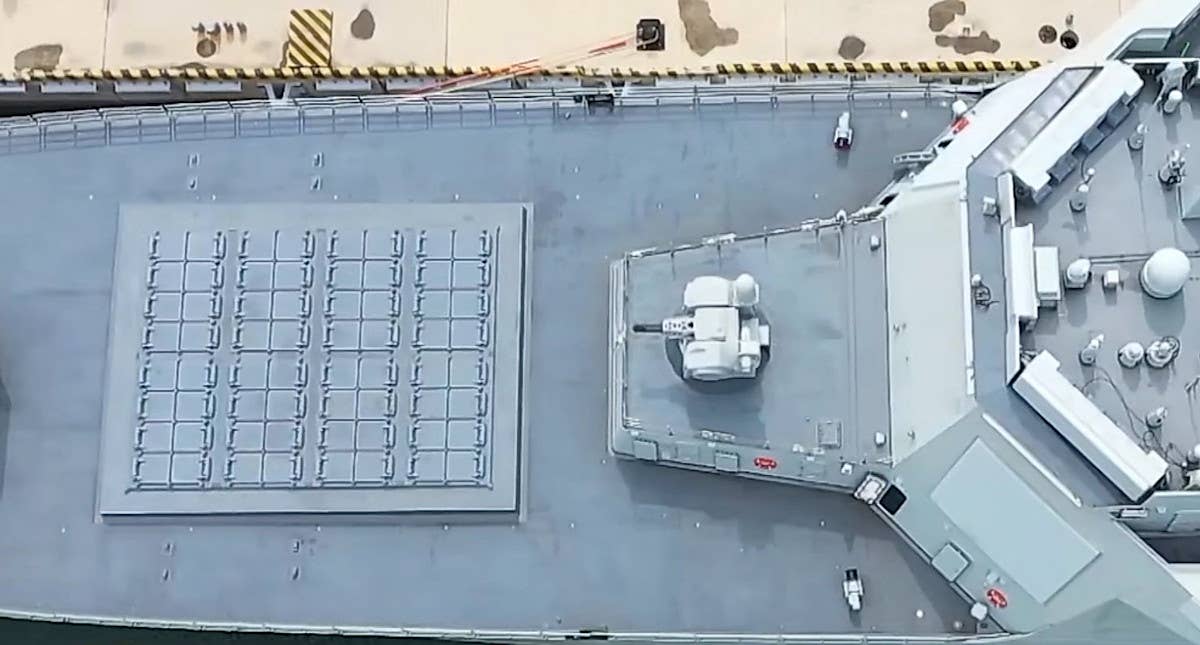
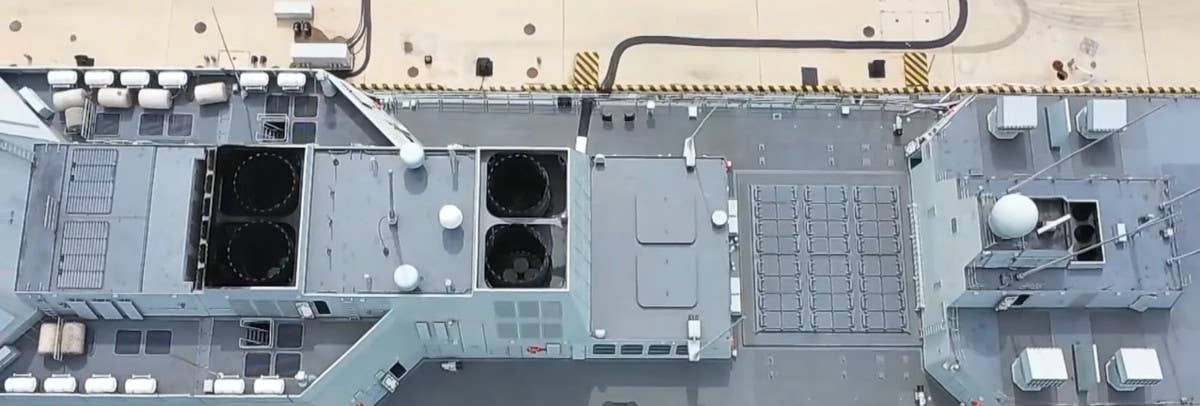
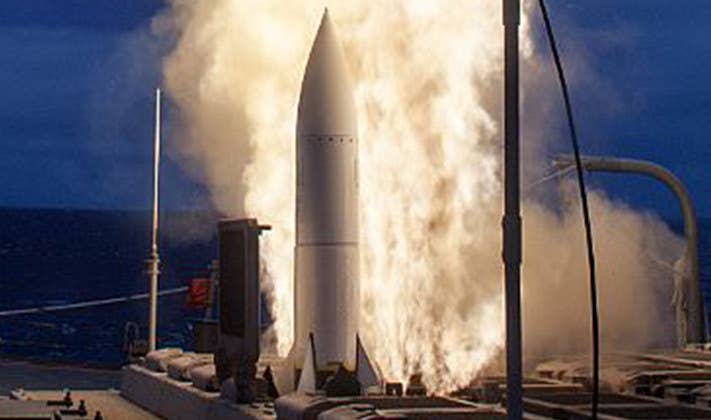
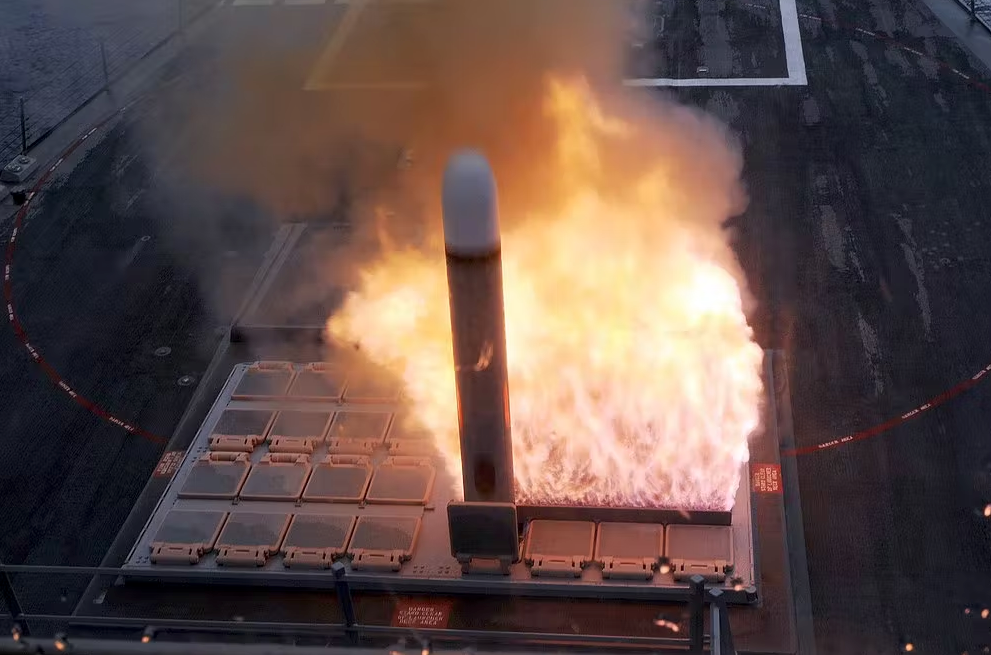
 Reply With Quote
Reply With Quote